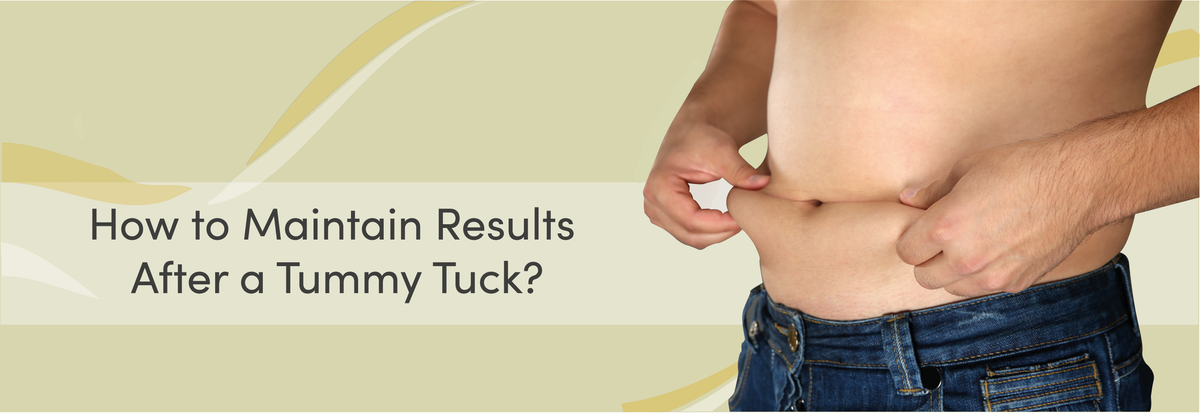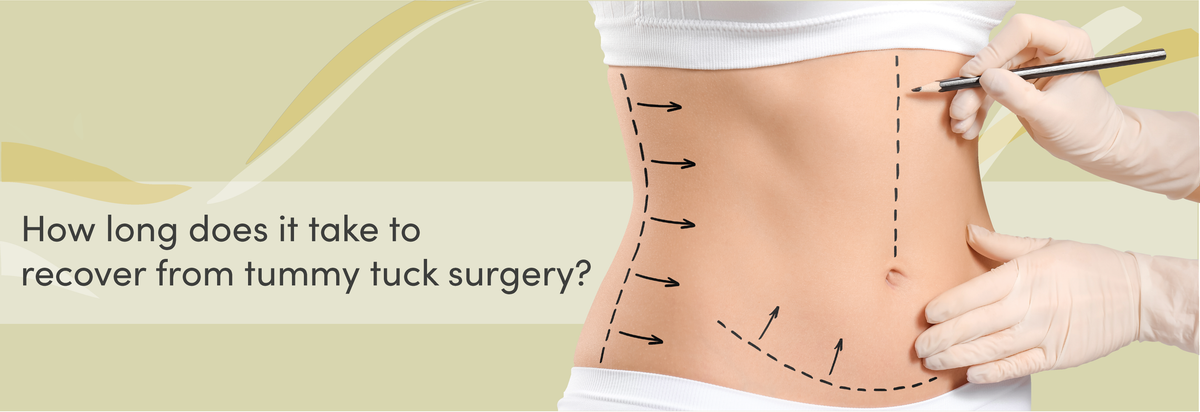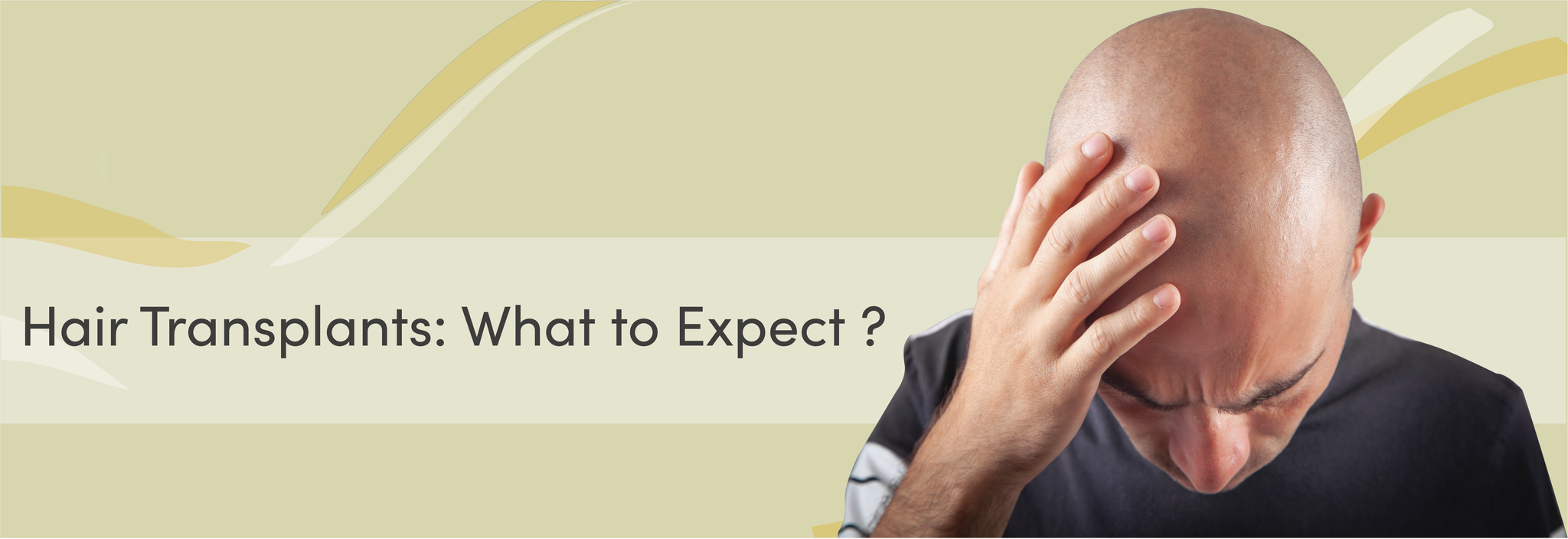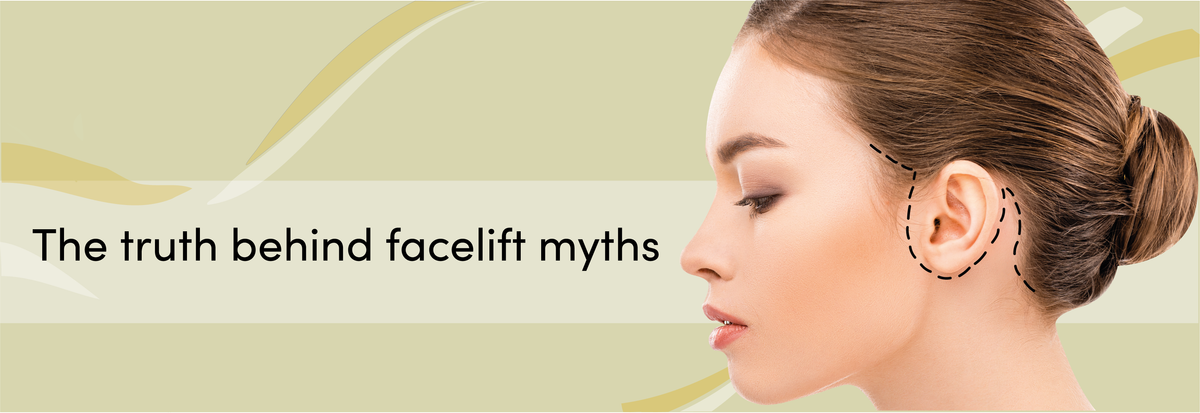Hair Transplants: What to Expect
With about 100.000 hairs on your head, losing up to 100 hairs per day is normal. Although hair shedding isn’t usually something to worry about, persistent hair loss or baldness drives many people to look out for hair loss treatments or hair transplantation to increase the amount and thickness of their hair.

What causes hair loss?
Both men and women may experience hair loss during their lives. Hair loss has many causes, but here are some of the most common hair loss factors according to the American Academy of Dermatology Association:
- Genetics
- Age
- Stress and emotional shocks
- Illness
- Hair care
- Scalp infection
- Medication
- Chemotherapy or radiation treatment
- Scalp psoriasis
- Sexually transmitted infection
- Thyroid disease
- Vitamin deficiency. Biotin, iron, protein, and zinc are some of the most essential nutrients for healthy hair
- Hormonal imbalances
Some types of hair loss are temporary, while others are permanent, like pattern baldness or scarring alopecia. If your hair loss is causing you distress, it’s best to consult your dermatologist as soon as you notice the symptoms.

What are the symptoms of hair loss?
If you find it hard to differentiate between unexplained hair loss and normal shedding, watch out for the below hair loss symptoms. These can provide a good indication of whether you’re experiencing hair loss that requires treatment.
Gradual thinning: Check your widening part and hairline. If you notice receding and gradual thinning, then it might be a symptom of an underlying condition.
Loose hair: If your brush collects more hair than usual, it might be a symptom of hair loss.
Bald patches: You might notice your hair falling in circular bald spots, which can range in size. Before hair falls out, your skin may become itchy or even painful.
Sudden loosening of hair: When you experience an emotional shock, hair may come out suddenly. This type of hair loss is usually temporary, and hair should regrow soon.
What is a hair transplant?
A hair transplant is a minimally invasive procedure in which hair is moved from one area of the body, known as the donor site, to a bald part of the body, known as the recipient site.
There are different types of hair transplant surgeries, including grafting, scalp reduction, flap surgery, and tissue expansion. Your dermatologist or plastic surgeon will be able to advise you on the best course of treatment based on your concerns.

What is the recovery process after a hair transplant?
Although the recovery process after a hair transplant surgery varies among patients, most people are able to return to light activities within a week following the procedure.
The first few days after surgery
You might feel the recipient and donor sites tender, swollen, and bruised in the first few days post-op. However, pain and discomfort can be managed with medication prescribed by your physician. You may also wash your hair within two days following hair transplant surgery, as per your doctor’s advice.
Swelling and edema in your forehead and around the eyes are the most common side effects after hair transplantation. Yet, wearing a headband after your operation can protect you against these complications and safeguard a better outcome.
A week after surgery
During recovery, you should refrain from sports, as strenuous activity may increase blood flow to the scalp and cause transplants to bleed. To ensure you’re healing as expected, your doctor will ask to see you quite a few times, especially during the first month after surgery.
Two to six weeks after surgery
It’s normal for new hair to fall out within six weeks. This is part of the normal hair growth cycle, and hairs will begin to regrow from the transplanted follicles. With time, your transplanted hair will start to look native on your scalp, and bald patches will disappear.
Four to nine months after surgery
At this point, new hair growth starts to become visible, and you’re finally ready to start enjoying your results. This is a good time to schedule a follow-up appointment to check up on your progress and discuss any questions you might have.

Questions to ask your doctor
Understanding what to expect after hair transplantation is essential for preparing yourself for recovery. Here are a few questions to ask your doctor:
- What to avoid in terms of activity
- When to return for follow-up care
- What medication you must take after the operation
- How to wear your headband and for how long
- How much time to take off work or studies
- How soon you can bathe after the procedure
Using Calla Cool Band for a pain-free recovery
Pain and swelling are common complications after hair transplantation. During this time, headbands can help in minimizing swelling, reducing pain, and accelerating your healing process.
Our Calla Cool Band is especially designed to prevent swelling at the forehead while relieving pain at the donor site after hair transplantation. The cool band is lightweight and comfortable, made from aerated elastic breeze material. The band also features two pockets with cold packs to provide patients with an easy and hands-free cold treatment.
Takeaway
Hair transplantation has been gaining popularity in recent years, with over 735,000 hair restoration procedures performed worldwide in 2019. Many men and women are now choosing hair restoration as a safe way to treat or even prevent baldness or hair loss.
Although this article serves as a general guide for recovery, it’s essential to recognize that each person will experience healing differently, depending on the type of procedure, any health problems, and adherence to post-op protocols. Your surgeon will provide you with a post-operative care plan tailored to your needs and the type of surgery.
References
Aad.org. 2022. Hair loss: Who gets and causes.
Cleveland Clinic. 2022. Hair Transplant: How Does It Work, Success Rates.
American Society of Plastic Surgeons. 2022. Hair Transplant Recovery.
ISHRS. 2022. ISHRS Practice Census Infographic.
Leave a comment
Comments will be approved before showing up.
Also in Blog

How to Maintain Results After a Tummy Tuck
Many of us dream of a flatter midsection, especially after pregnancy, rapid weight loss, or constant weight fluctuations. However, for many people, it’s almost impossible to achieve that with exercise and diet alone.
A tummy tuck provides a safe and efficient way to address these issues and restore your midsection’s flat and firm appearance. Taking care of your body and keeping a healthy diet and exercise regime ensures that your tummy tuck results last for a lifetime.
If you’re thinking of having a tummy tuck surgery, keep reading below for our tips on how to maintain long-lasting results after surgery.






